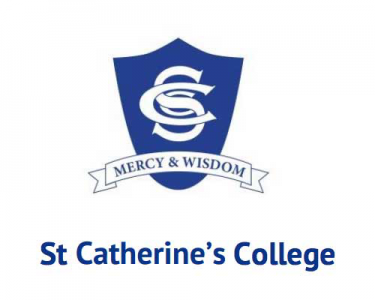
Level 2 Digital Technology
DT200 Course DescriptionTeacher in Charge: Kamini Singh.
Recommended Prior LearningLevel 1 Digital Technology preferred but not compulsory.
The Level 2 Digital Technology course is designed to expand students' skills in digital media, programming, and technology development. This course builds on foundational knowledge, guiding students through more complex and industry-relevant digital technologies. Students will engage in practical projects, theoretical analysis, and problem-solving activities that prepare them for further studies or careers in the tech industry.
Key Learning Objectives:
Students will work towards mastering the following areas:
Design Conventions: Understanding and applying established design principles and conventions that are widely accepted in the field of digital media. This includes layout, typography, colour theory, user interface (UI) design, and user experience (UX) best practices.
Programming and Development: The course includes programming units that strengthen students' coding skills and understanding of software development processes.
Data Management and System Design: Students will explore the principles of data management, including designing and implementing systems that meet specific user needs.
Critical Analysis and Innovation: Emphasis will be placed on analysing existing digital outcomes, identifying areas for improvement, and innovating new solutions.
NCEA Assessments:
Throughout the course, students will be assessed against the following NCEA Level 2 Achievement Standards:
AS 91891 (6 credits): Apply conventions to develop a design for a digital technologies outcome. Students will plan, design, and create a comprehensive digital media project, demonstrating their ability to use advanced tools and techniques.
AS 91897 (6 credits): Use advanced programming techniques to develop a computer program. This standard focuses on applying advanced coding skills to develop functional software that meets specific user requirements.
AS 91890 (3 credits): Conduct a critical inquiry to propose a digital technologies outcome. Students will critically analyze current digital technologies and propose innovative outcomes, demonstrating their understanding of design and development processes.
AS 91899 (3 credits): Present a summary of developing a digital outcome. This standard assesses students' ability to reflect on and document their development process, highlighting the steps taken and the decisions made.
Assessment Structure:
Internal Assessments: Students will complete practical projects and assessments in a classroom environment, allowing them to apply their skills in real-world scenarios.
External Assessments: Written reports and reflections will be submitted for external grading, ensuring a thorough understanding of both practical and theoretical aspects of the course.
Future Pathways:
Upon successful completion of this course, students will be well-prepared for Level 3 Digital Technology, which delves deeper into digital innovation, software development, and advanced media design. This course also equips students with the skills necessary for tertiary studies or entry-level positions in the digital technology sector.
Learning Areas:
Assessment Information
Assessment Structure:
Internal Assessments: Students will complete practical projects and assessments in a classroom environment, allowing them to apply their skills in real-world scenarios.
External Assessments: Written reports and reflections will be submitted for external grading, ensuring a thorough understanding of both practical and theoretical aspects of the course.
Animator/Digital Artist, Accounts Officer, Office Administrator, Advertising Specialist, Copywriter, Sales and Marketing Manager, Air Force Aviator, Product Assembler, Business Analyst, Patternmaker, Building Surveyor, Architect, Architectural Technician, Archivist, Artist, Film and Video Editor, Medical Physicist, Sound Technician, Tailor/Dressmaker, Software Developer, Game Developer, Recreation Co-ordinator, Data Analyst
Equipment/StationeryWhen choosing a laptop for school use, consider the following recommendations for selecting the right model:
Display Size: Choose a 14-inch screen for a good balance of portability and viewing/working space.
RAM: Aim for 8GB of RAM for optimal performance. If you're on a tighter budget, 4GB of RAM will also work but may impact performance with multiple applications running.
Storage: Look for a laptop with 128GB to 512GB of Solid State Drive (SSD) storage, depending on your budget and storage needs.
Ports: Make sure the laptop has both USB and USB-C ports for compatibility with various peripherals.
Consider purchasing an additional one or two years of warranty coverage, as most laptops come with a one-year warranty. You may also be able to negotiate for a better deal on extended warranty options.